Geothermal heat pumps use the thermal properties of subsurface rock to help heat and cool buildings, and when powered by solar, they eliminate the use of fossil fuels. While geothermal is becoming the new clean heating and cooling system for residential use, they can also be used in commercial or community installations. At the University of California Berkeley, a team of engineers has been digging a massive hole eight inches wide and 400 feet deep in order to study the properties of the bedrock to see if it’s a good candidate for a geothermal heat pump system. If so, the clean energy system would help push UC Berkeley closer to energy goal of moving off of all fossil fuels by 2030.
“Nobody has ever drilled this deep beneath the campus,” said Kenichi Soga, the Chancellor’s Professor and Donald H. McLaughlin Chair in Mineral Engineering at UC Berkeley. “Most of the boreholes that we have on campus are used for designing new buildings and typically only go down to 60 or 80 feet. Now, we’re going to 400 feet. It’s going to let us see what is happening at that depth and better understand the possibility of using geothermal heat pumps on campus.”
The campus is currently heated with steam and electricity from its 30-plus year old on-campus natural gas-fired cogeneration plant that serves over 100 buildings and 12 million square feet.
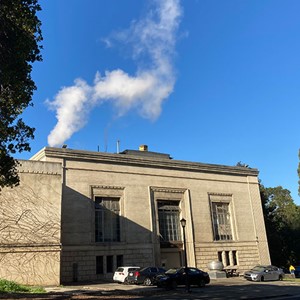
While the cogeneration plant is nearing the end of its life and will need to be replaced, it is also a major emitter of greenhouse gases, responsible for 71% of the 190,00 metric tons of carbon dioxide equivalent produced by the campus every year. If the school turns to geothermal for all of its heating and cooling needs, Berkeley will be the first University of California campus to achieve on-site zero-carbon energy goals and meet the State’s intent to get large emitters to reduce emissions to levels below Cap-and-Trade thresholds, according to the Berkeley Clean Energy Campus committee.
Geothermal heat pump systems use the thermal properties of the near underground to provide heating and cooling through a network of water pipes that run through shallow boreholes that extend approximately 400 to 500 feet below the surface. The way the systems work is by taking heat that is generated by cooling buildings during the summer and storing it underground, where it can be used to heat buildings during the winter.
By replacing the cogeneration plant with a new geothermal system that uses electricity for power and thermal needs, and providing the electricity from wind and solar, the campus’s future power, heating and cooling needs would be entirely carbon-free.
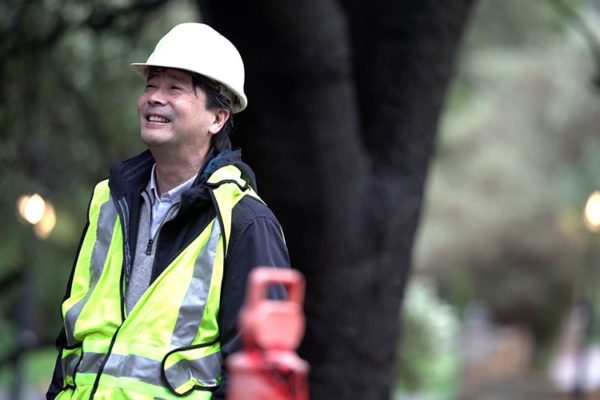
Image: Adam Lau
To determine the feasibility of geothermal for campus-wide use, the research team will be making detailed measurements of the geological conditions hundreds of feet below the campus
“We need to replace this cogeneration plant because its useful life is almost over, and we want to pivot and build something for the future,” said Kira Stoll, chief sustainability and carbon solutions officer at UC Berkeley. “Our goal is to have the campus transition to using 100% clean energy to heat and cool our buildings by 2028. I’m looking forward to finding whether we do have geothermal potential on the campus and whether we can integrate that into our plans to make a very efficient clean energy system.”
Typically, ground source heat pumps are used for residential homes and are not as commonly used for larger installations, such as for a campus community. But for three years, through a project sponsored by the US Department of Energy’s Geothermal Technologies Office, researchers from UC Berkeley and Berkeley Lab have been investigating how communities can use ground source heat pumps and other geothermal technologies to provide clean energy to communities.
Before the school can commit to geothermal, the team will need to thoroughly explore the geological conditions hundreds of feet below the surface of campus.
“Designing geothermal systems correctly is very important for reducing costs and ensuring their overall effectiveness,” Nico said. “The better you understand what’s happening underground, the better you can design and build your system.”
To make its geological studies, the research team will install a variety of instruments to monitor the conditions underground. These instruments, which were donated by Berkeley Lab or funded by a grant from the National Science Foundation, include a geothermal heat loop, which will pump water deep into the borehole and back out again, allowing the team to monitor how the trip underground impacts the water temperature. In addition, fiber optic cables will measure the temperature and vibrations at different strata of the soil, and pressure gauges will measure the groundwater pressure at different depths.
Taka’aki Taira, a research seismologist at the Berkeley Seismology Lab, will also be installing a device called a geophone to measure seismic activity. Data from the geophone, along with the Seismology Lab’s network of seismic sensors, will be used to explore micro-earthquake activity near the campus.
“If you put the sensor deep in the ground, you can minimize the noise caused by cars or humans,” Taira said. “It makes it easier to see small vibrations, such as those caused by the Hayward Fault.”
The data gathered from the borehole will allow the research team to build a “digital twin” of the campus heating system, which is a detailed model of both the heating needs of the buildings above ground and the rock and groundwater conditions below ground.
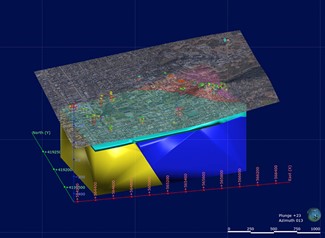
Image courtesy of Kenichi Soga
With this model, the researchers will be able to run simulations to determine the most efficient design for the new system.
When installing geothermal for a residence, only one or two boreholes are needed, as opposed to a large system such as that required on the Berkeley campus. To heat and cool its large buildings they may need hundreds of boreholes. And because drilling boreholes is one of the largest costs associated with geothermal heat storage, it is critical to know how many are needed, how deep they should be, and where they should be located
“Our research is looking at whether these systems are more efficient using a centralized field of ground source heat pumps, where you have a lot of boreholes placed in one location, or whether it better to have boreholes placed in discrete locations across campus,” said Soga.
In addition to contributing to a new clean energy system on campus, the project is also helping to train the next generation of scientists and engineers on how to design and implement these systems in the future. Soga said he hopes the undergraduate and graduate students working on the project start to see how these different technologies, including geothermal heat pumps and renewable energy, can work together to help decarbonize our energy needs.
The primary support for this initial borehole was provided by The Green Initiative Fund, a grant program funded by UC Berkeley student fees and administered by a student-majority committee.
This content is protected by copyright and may not be reused. If you want to cooperate with us and would like to reuse some of our content, please contact: editors@pv-magazine.com.
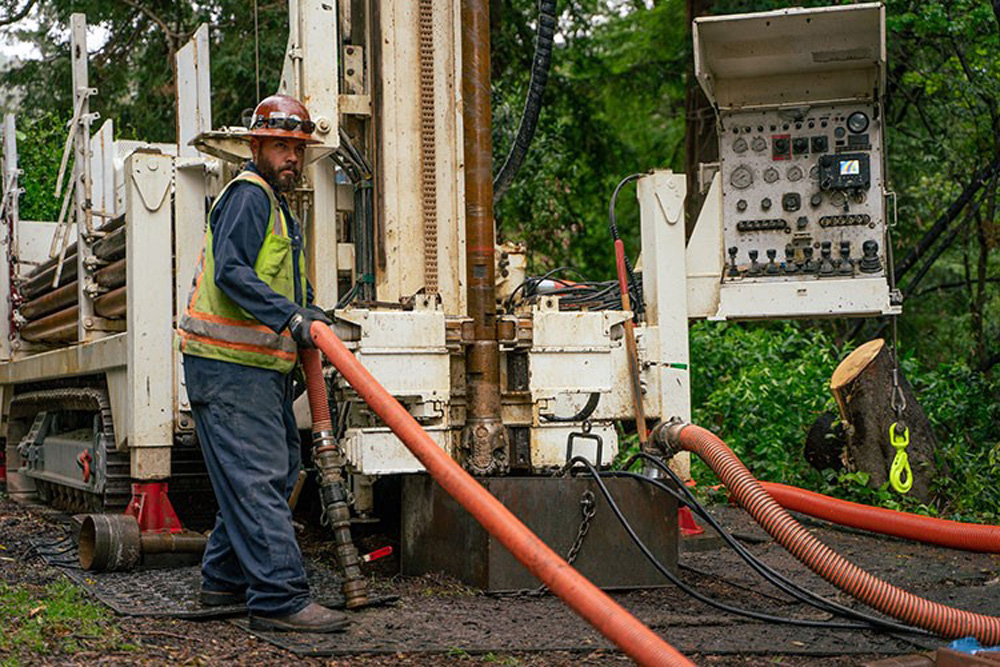


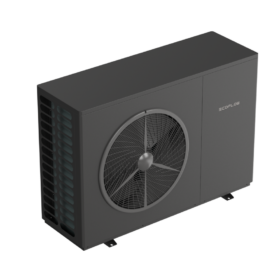
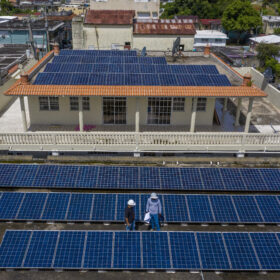


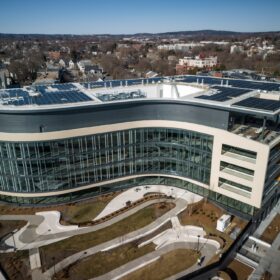
Let us sincerely hope Berkley has a Certified Geoexchange Designer (CGD) involved in this effort! Stanford spent an essentially never breaking even amount of $$ on their campus energy systems upgrade because they had zero idea about how to Economically implement Advanced Thermal Building Energy Systems — Berkley should not make that same mistake. At the very least, folks in both their engineering staff AND MEP engineers should take the CGD course[1] or I can guarantee you they will waste significant $$ and time, and likely disrupt the campus far more than needed. Unfortunately, most MEP engineers are simply too arrogant to say they are not experts in this sub-field … such as is exemplified by drilling to only 400ft for their first test well — we always drill 450′ or 500′ for initial test wells and hope there was a good reason to stop short!
[1] https://igshpa.org/certified-geoexchange-designer/